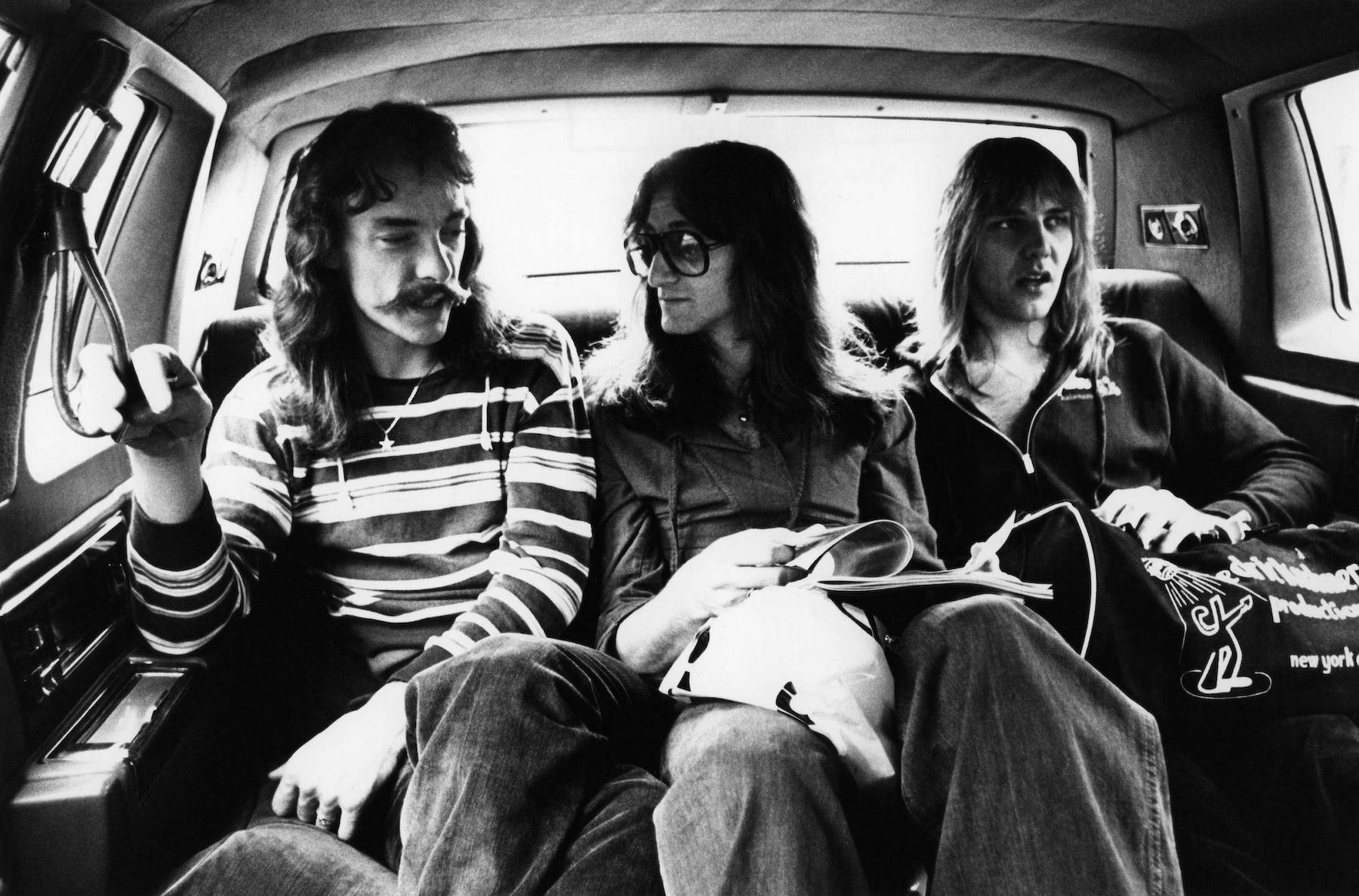
Canada’s greatest power trio was assembled slowly, one piece at a time. Toronto guitarist Alex Lifeson co-founded Rush as a teenager in 1968, and a few months later, invited a childhood friend, bassist/singer Geddy Lee, to replace the band’s original frontman. Rush’s permanent lineup was completed in 1974, when drummer Neil Peart was drafted, improbably enough, from another Ontario band called Hush.
More from Spin:
- Rock Hall Nominees: Mariah, Outkast, Phish, Oasis, Soundgarden
- Paul McCartney Rocks At Surprise New York Club Show
- LIFE IN HELL
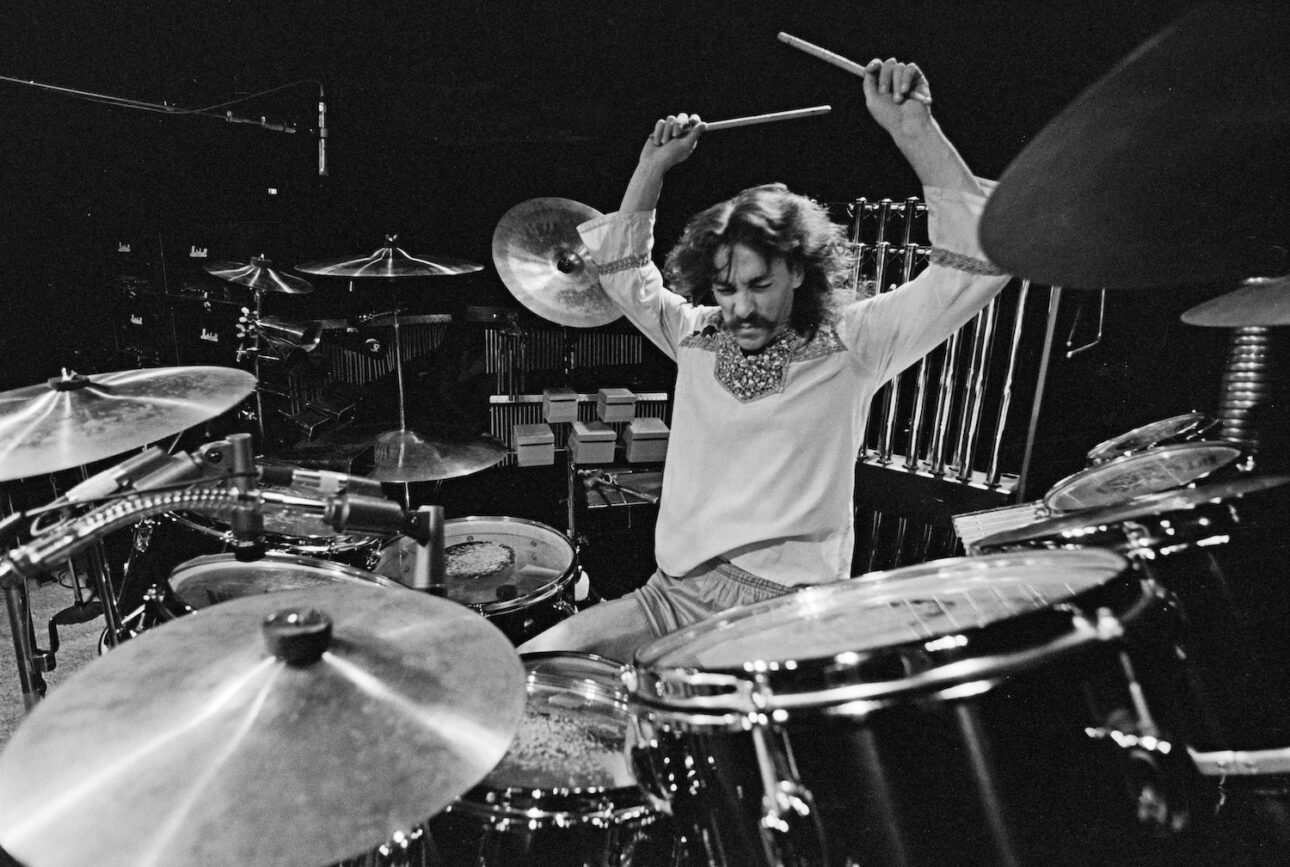
Peart quickly became known as one of the fastest and most technically proficient drummers in rock, commanding a huge battery of cymbals and tom-toms and injecting Rush’s music with complex polyrhythms and tempo changes. Peart also became the band’s primary lyricist, and Lee delivering Peart’s dense and philosophical lyrics with a high, piercing wail became a defining characteristic of Rush’s sound.
Rush reigned as one of progressive rock’s most popular bands for more than four decades, with the band playing its final show in 2015 and permanently closing the door on future activity with Peart’s death in 2020. Rush’s transformative sophomore album Fly by Night, which marked Peart’s arrival in the band, turns 50 on February 14, and the band will release the career-spanning four CD box set Rush 50 on March 21.
But where does Fly by Night rank among Rush’s 19 studio albums?
19. Power Windows (1985)
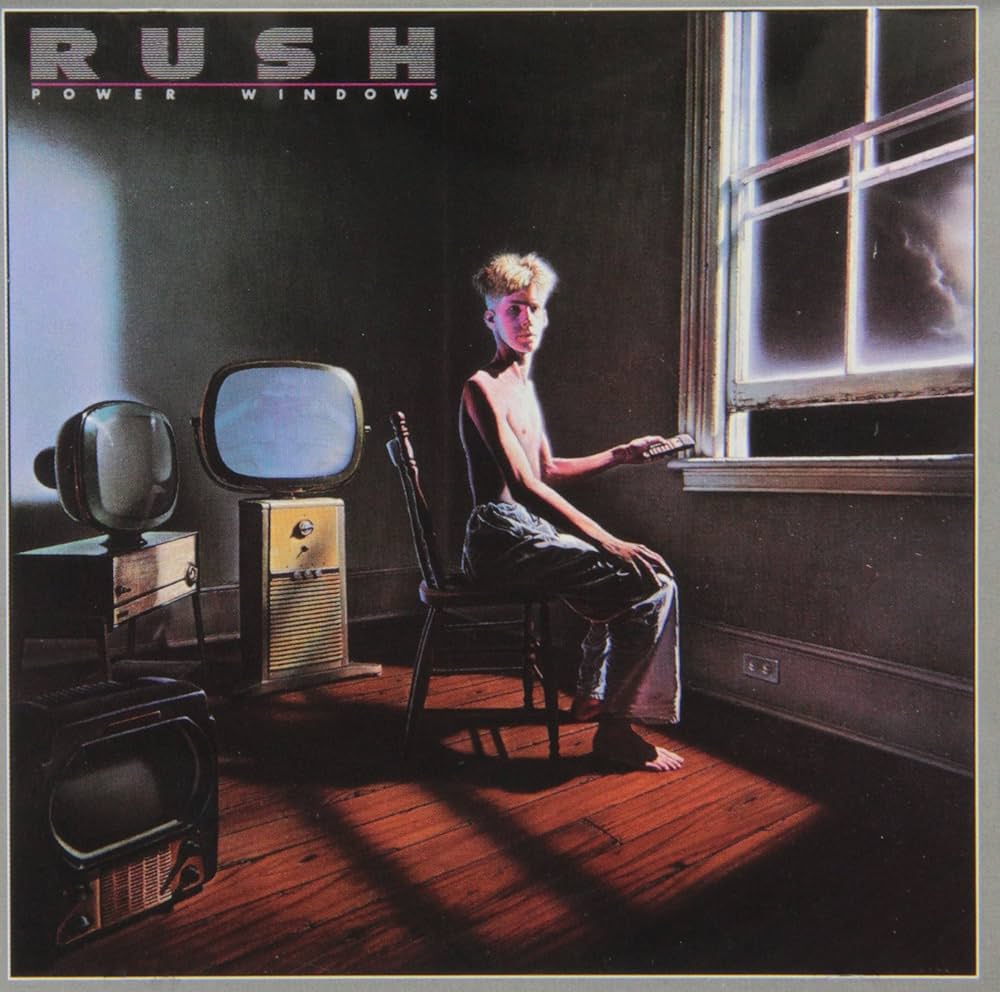
Rush’s fellow ’70s prog rock giants Yes and Genesis underwent major stylistic makeovers to become pop crossover acts in the early MTV era. Rush began incorporating synths heavily as well, but retained a lot more hard rock muscle in their ’80s albums. Power Windows was one album in which Rush almost lost themselves in new technology, and the samplers and sequencers blurting out all over the lead single, “The Big Money,” sound almost comical. Lifeson plays inspired solos on “Grand Designs” and “Emotion Detector,” but the guitarist is overwhelmed by synths for too much of Power Windows.
18. Snakes & Arrows (2007)
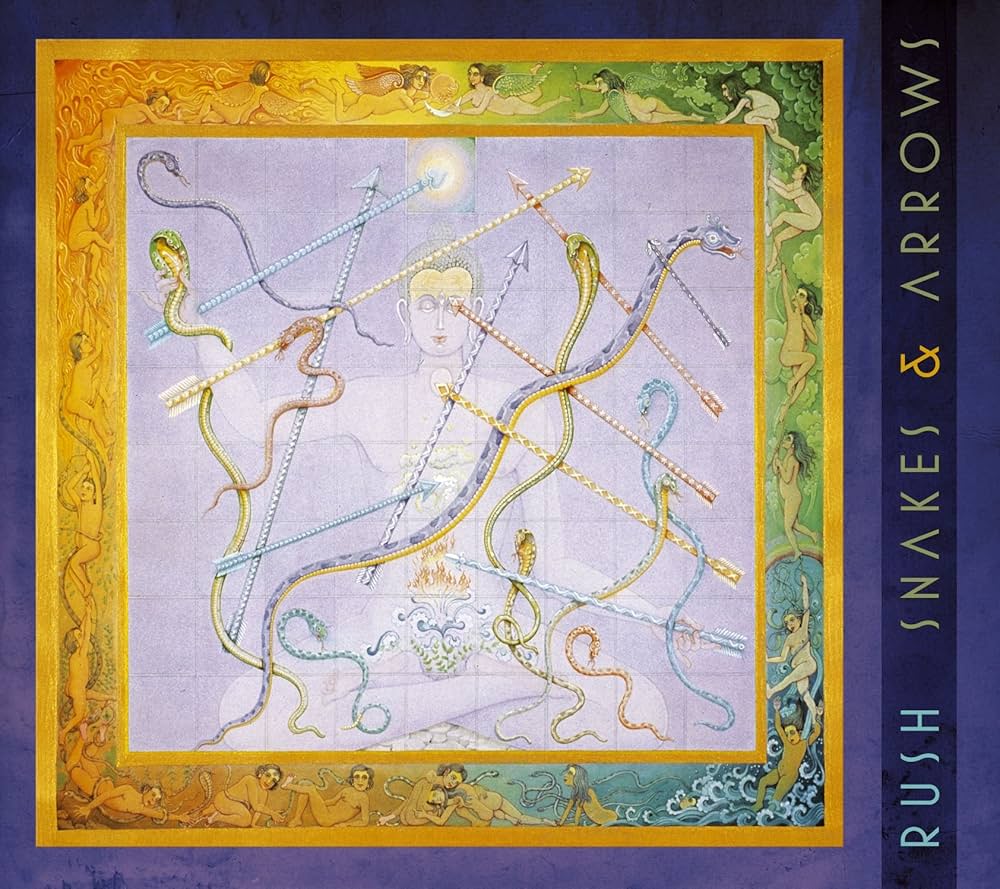
Lifeson took advice from Pink Floyd’s David Gilmour to write more on acoustic guitar during the creation of Snakes & Arrows, and Lifeson decorates several tracks with 12-string guitar, mandolin, and bouzouki. It isn’t really a mellow album, though. In fact, it’s often the closest Rush came to sounding like just another aging arena rock band. The sweeping, dramatic “Armor and Sword” is a late career highlight, but Snakes & Arrows is overlong and rambling, with three instrumental tracks that feel like filler. “Lee’s lead vocals hold up exceptionally well here; age has lessened his ability to emit those high-pitched screams of old, but the man is well aware of his vocal range, and he sounds comfortable,” wrote Adrien Begrand in the Pop Matters review of Snakes & Arrows.
17. Presto (1989)
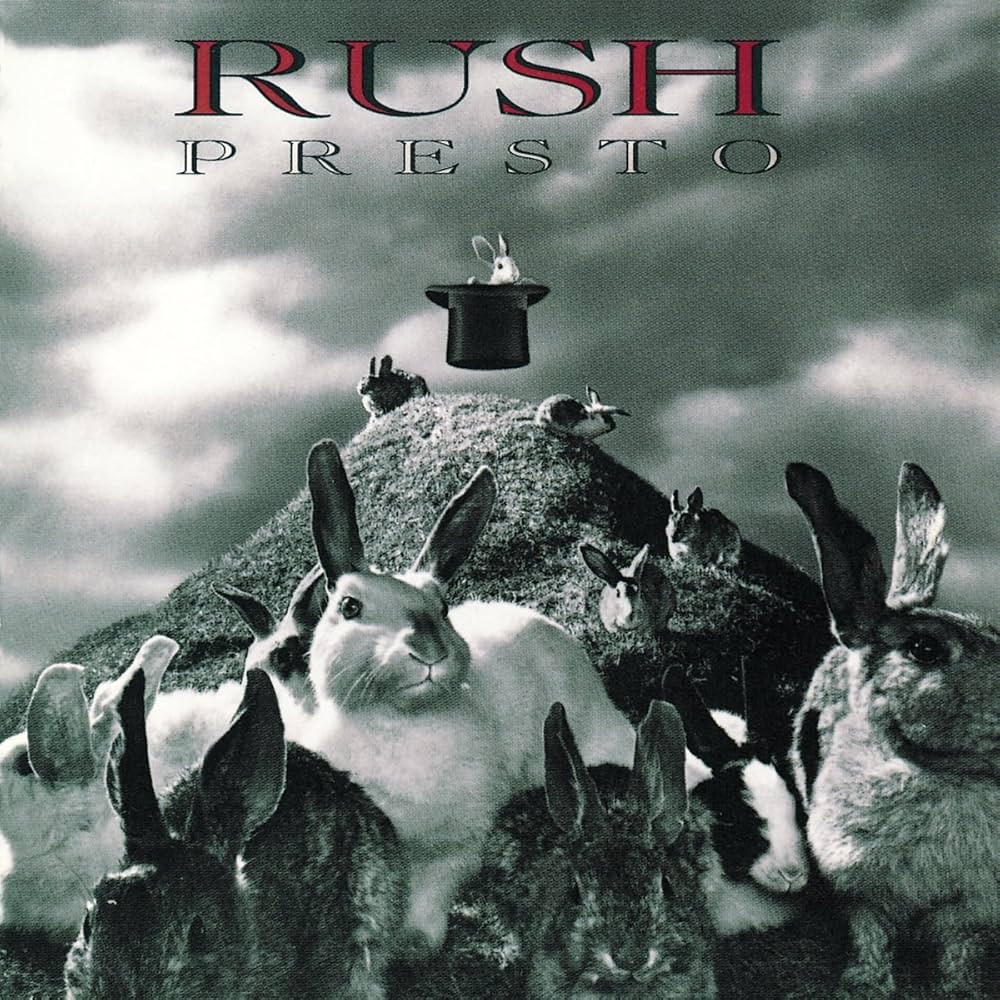
Presto was Rush’s first album with Atlantic Records after declining to renew their contract with longtime label Mercury. And after a decade of relying more and more heavily on synths, Rush started to turn down the keyboards and turn up the guitars. The band was still on a commercial downswing though, and Presto suffers from slick, unflattering production and some uncharacteristically bland lyrics. Even worse, the tour in support of the album featured giant inflatable rabbits emerging from top hats.
16. Hold Your Fire (1987)
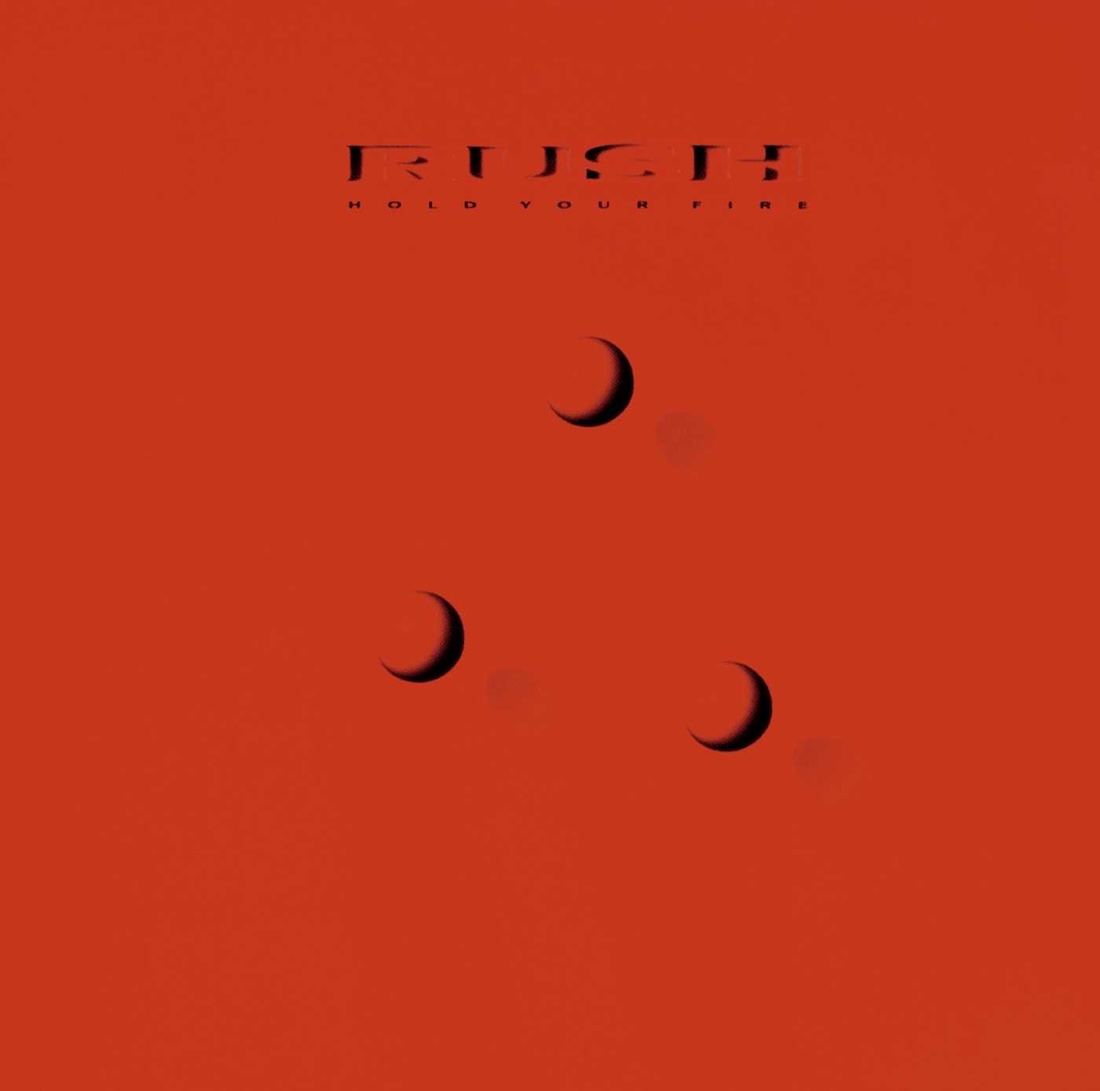
Part of Rush’s appeal is that the core trio did almost everything themselves, seldom bringing in guest musicians and almost never guest vocalists. One notable exception is the 1987 single “Time Stand Still,” which features Aimee Mann, then a rising star with ‘Til Tuesday, on the chorus. That accessible touch and some of the glossiest production of Rush’s career didn’t bring the band any new fans, though, and Hold Your Fire became their lowest selling album in over a decade. There’s some surprisingly feisty interplay between the members of Rush beneath the synths, though, with some thrilling and intricate drumming from Peart on “Mission” and “Turn the Page.”
15. Test for Echo (1996)
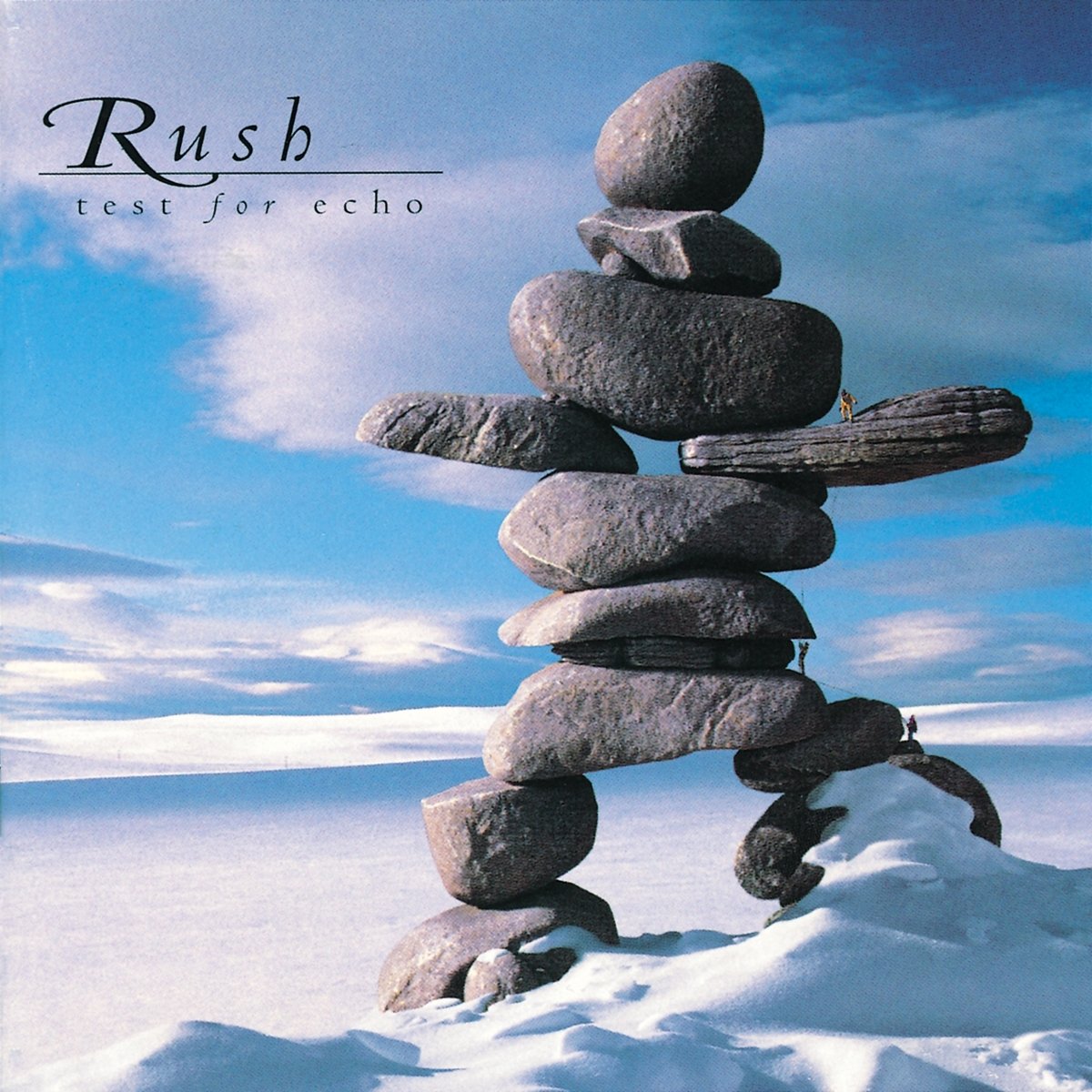
After setting a blistering pace with 15 studio albums in their first 20 years, Rush finally started to slow down, with longer breaks and the first significant side projects and solo albums from the band’s members. Test for Echo features some spirited arrangements, including the band’s last No. 1 rock radio hit, the title track. Unfortunately, “Dog Years” and “Virtuality” have some of the clunkiest lyrics Peart ever wrote. “Once again, Canada’s longest running prog-rock band crafts fussy chord changes, tricky guitar solos, and fastidious tom-tom work into one of the most persnickety pleasures around,” Jim Farber wrote in the Entertainment Weekly review of Test for Echo.
14. Roll the Bones (1991)
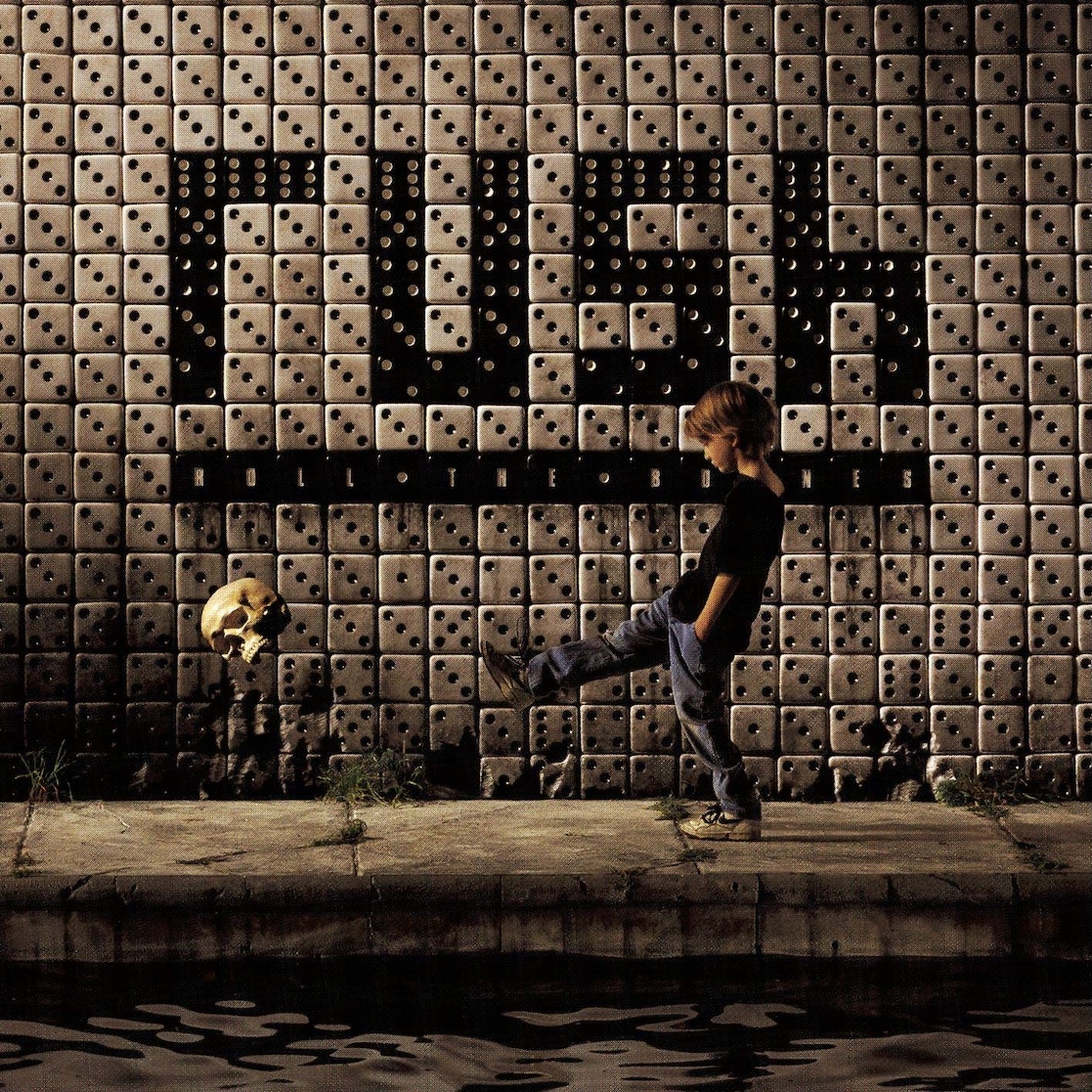
Roll the Bones was something of a comeback for Rush, with Lee placing a greater emphasis on his vocal melodies that resulted in big, memorable hooks on “Dreamline” and “You Bet Your Life.” Lee also artificially pitched down his voice to rap the bridge on the title track, a goofy moment that hasn’t aged well on an otherwise strong album.
13. Grace Under Pressure (1984)
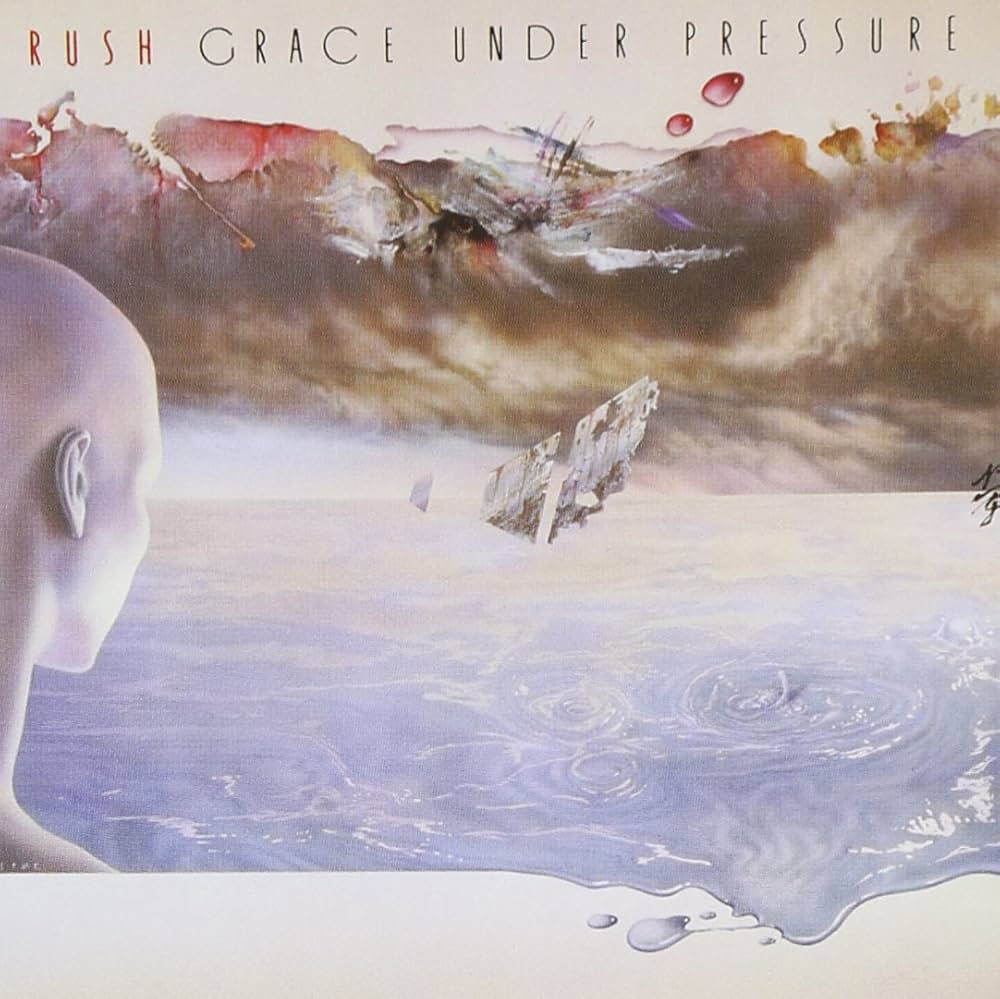
Rush took some inspiration from the rising tide of new wave bands on the charts in the ’80s, particularly the Police. And Grace Under Pressure often sounds like Rush’s take on Synchronicity, complete with occasional bouncy reggae rhythms and Lifeson emulating Andy Summers’ chorus pedal-enhanced guitar tone. The band’s classic period was drawing to a close, and “Distant Early Warning” was the last Rush single with any staying power on classic rock radio playlists, but the band’s musical chemistry was still firing on all cylinders.
12. Vapor Trails (2002)
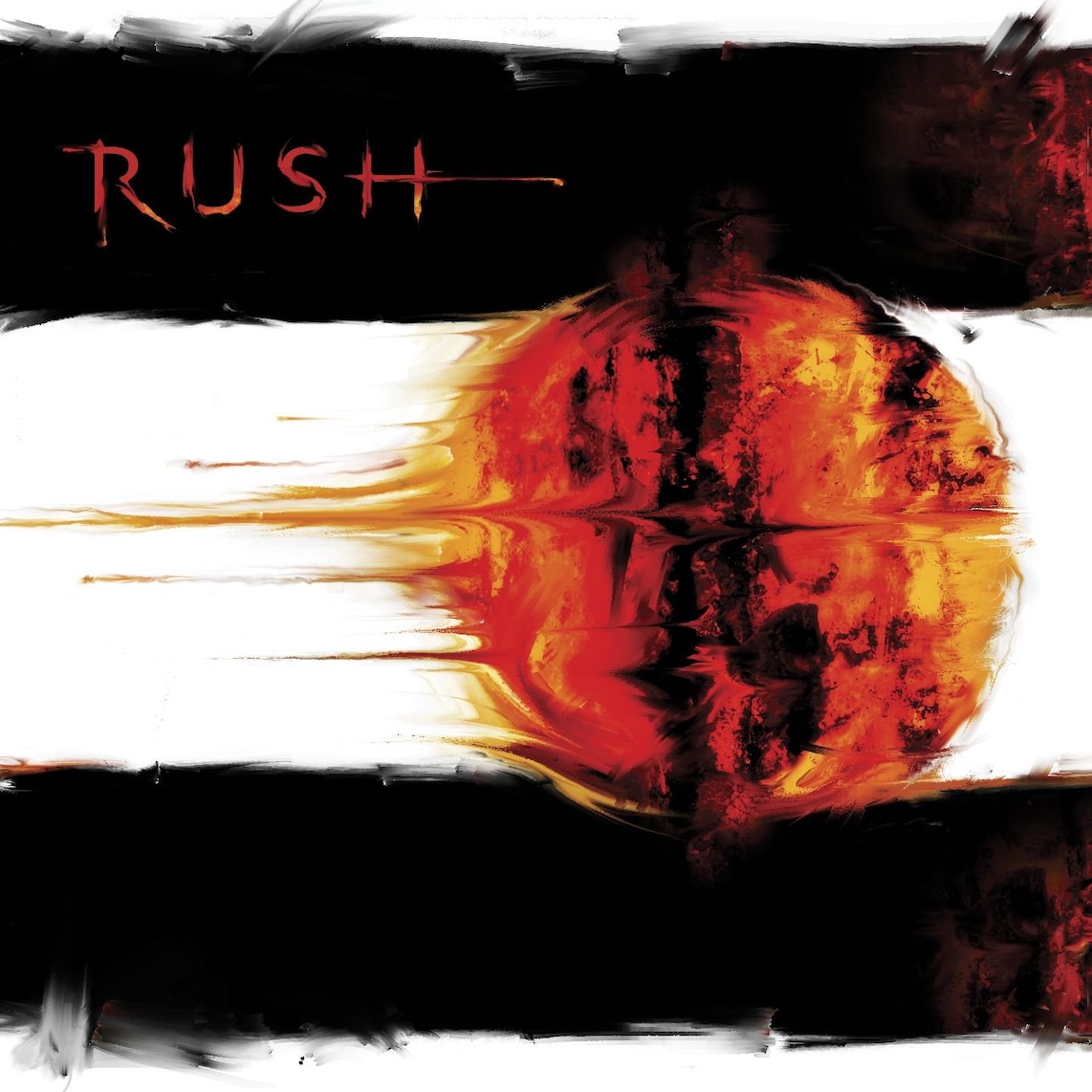
After the tragic deaths of his daughter and common-law wife in the late ’90s, Peart took a long break from Rush, drove across North America on a motorcycle, and considered permanently retiring from music. Eventually, though, the drummer returned to the band, and Vapor Trails is a late career triumph, with Peart writing about his soul-searching sabbatical on “Ghost Rider.” Completely casting synthesizers out of the studio for the first time in decades, Rush and co-producer Paul Northfield give songs like “One Little Victory” and “Peaceable Kingdom” a satisfying metallic thud. The band, however, weren’t entirely happy with the sound of Vapor Trails, and today the only version of the album on streaming services is Dave Bottrill’s cleaner and brighter (but not necessarily better) 2013 remix. “Musically, the Canadian trio has never sounded tighter, heavier, at times crushing, almost always compelling,” Raoul Hernandez wrote in the Austin Chronicle review of Vapor Trails.
11. Counterparts (1993)
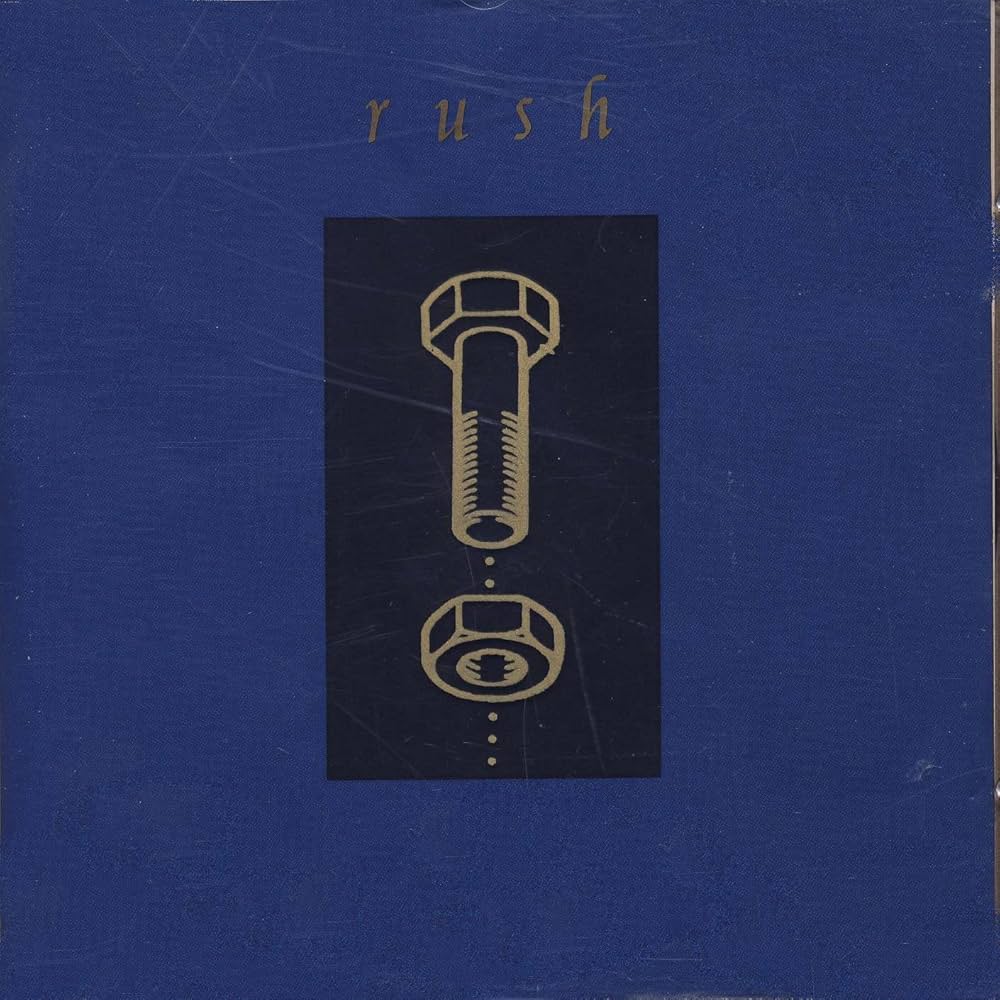
The ’90s band most obviously influenced by Rush was another bass-heavy trio, Primus. And after the two bands toured together, the influence flowed in the other direction as well, with Rush taking some inspiration from Primus on Counterparts. Lee doesn’t slap his bass as animatedly as Les Claypool, but he leans into busy syncopated grooves on “Animate” and “Alien Shore” that make it one of Rush’s most visceral and propulsive albums since the ’70s. Even the power ballad “Nobody’s Hero” is brisk and bombastic, with Rush never drowned out by Michael Kamen’s orchestral arrangement.
10. Rush (1974)
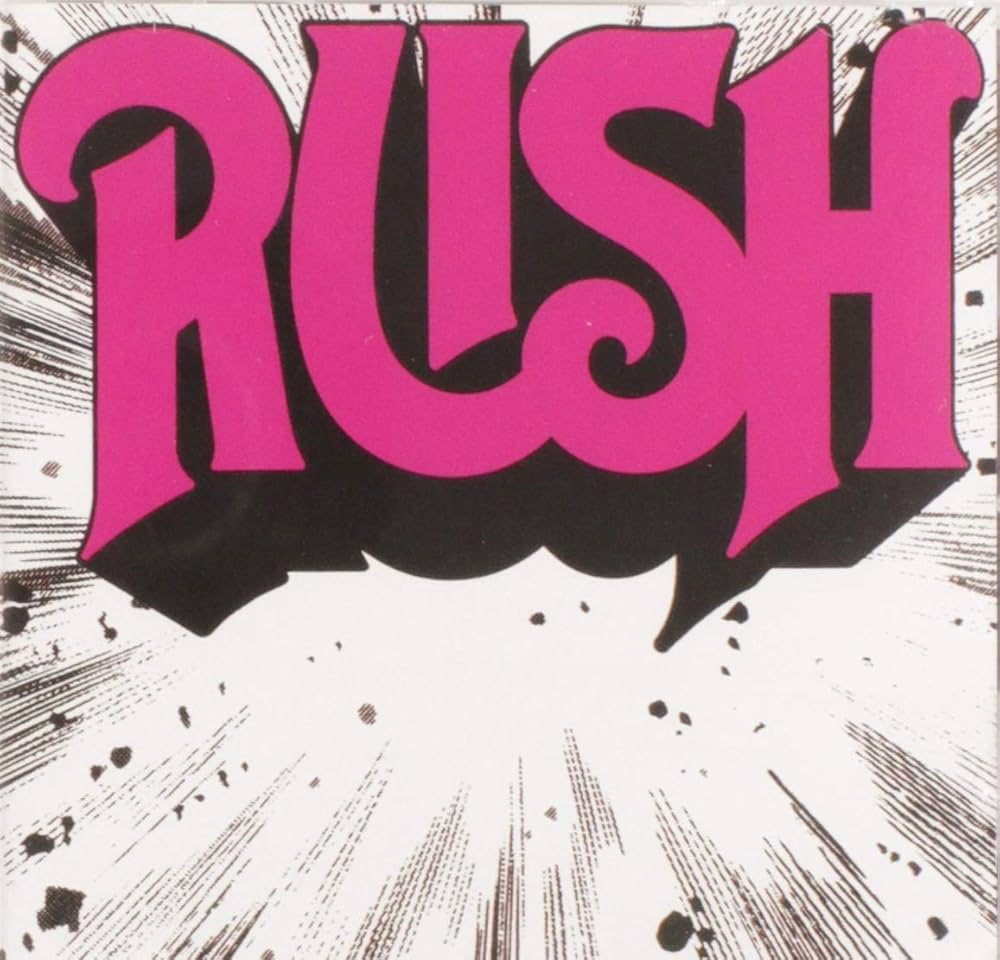
Rush’s founding drummer John Rutsey left the band a few months after the release of its self-titled album, unable to tour due to health issues, and his replacement would quickly reshape the band into the proggy, erudite trio we know and love today. “Working Man” is one of the greatest riff monsters of the ’70s, and Lee and Lifeson elevate the more conventional material with their musicianship. But Rush’s debut is all Zep-style heavy blues in sturdy 4/4 time with frequently dopey lyrics, a glimpse at the far less sophisticated but still highly entertaining band they could’ve remained had fate not intervened.
9. Clockwork Angels (2012)
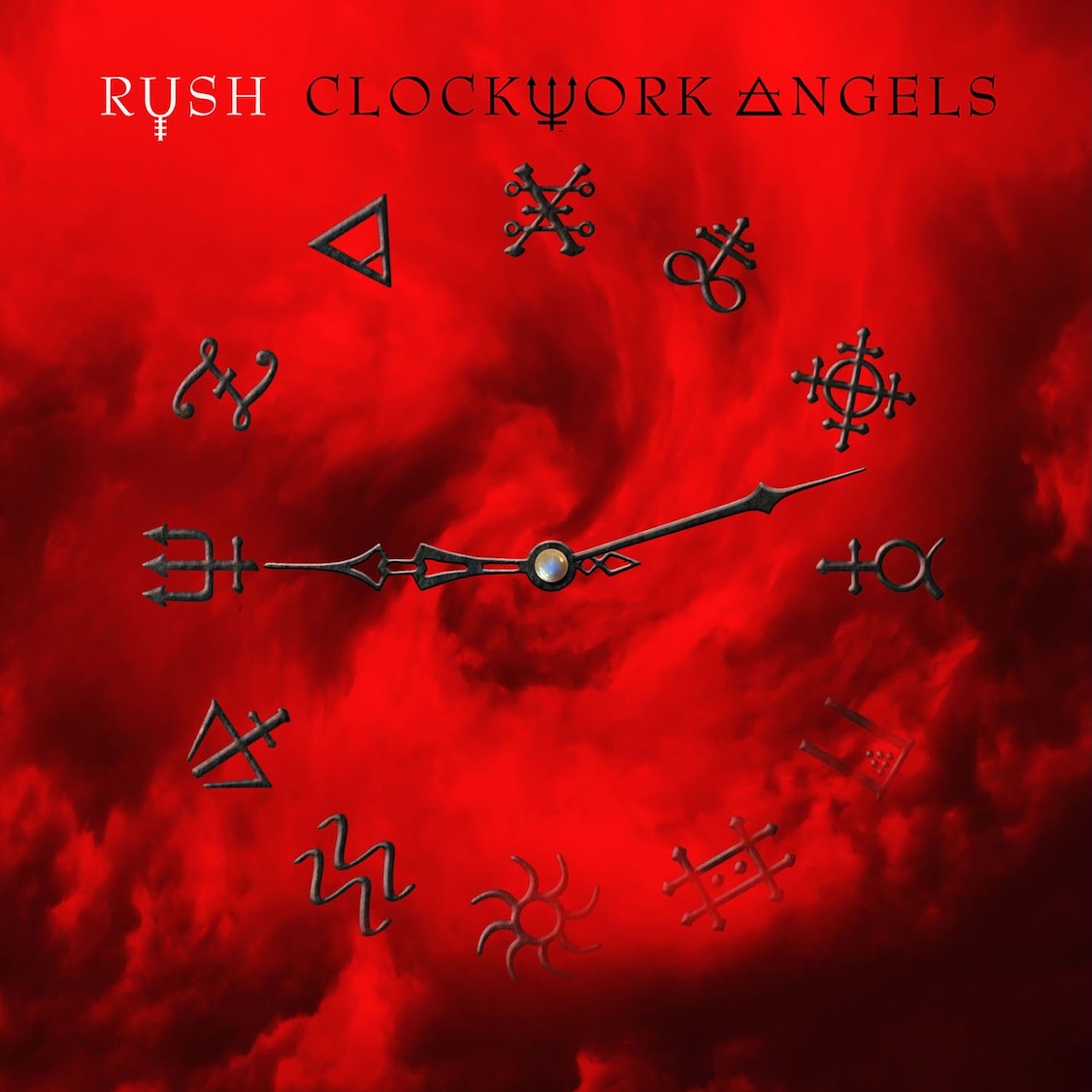
Nobody knew that Clockwork Angels would be Rush’s final album when it was released–the band toured for three more years before Peart retired, citing tendinitis and shoulder pain. But the album, which debuted at No. 2 on the Billboard 200 and tied Counterparts as the band’s highest-charting album in America, is a fitting swan song, thundering and anthemic to the very end. It’s also Peart’s most ambitious set of lyrics, with each song serving as a different “chapter” in a dystopian narrative.
8. Signals (1981)
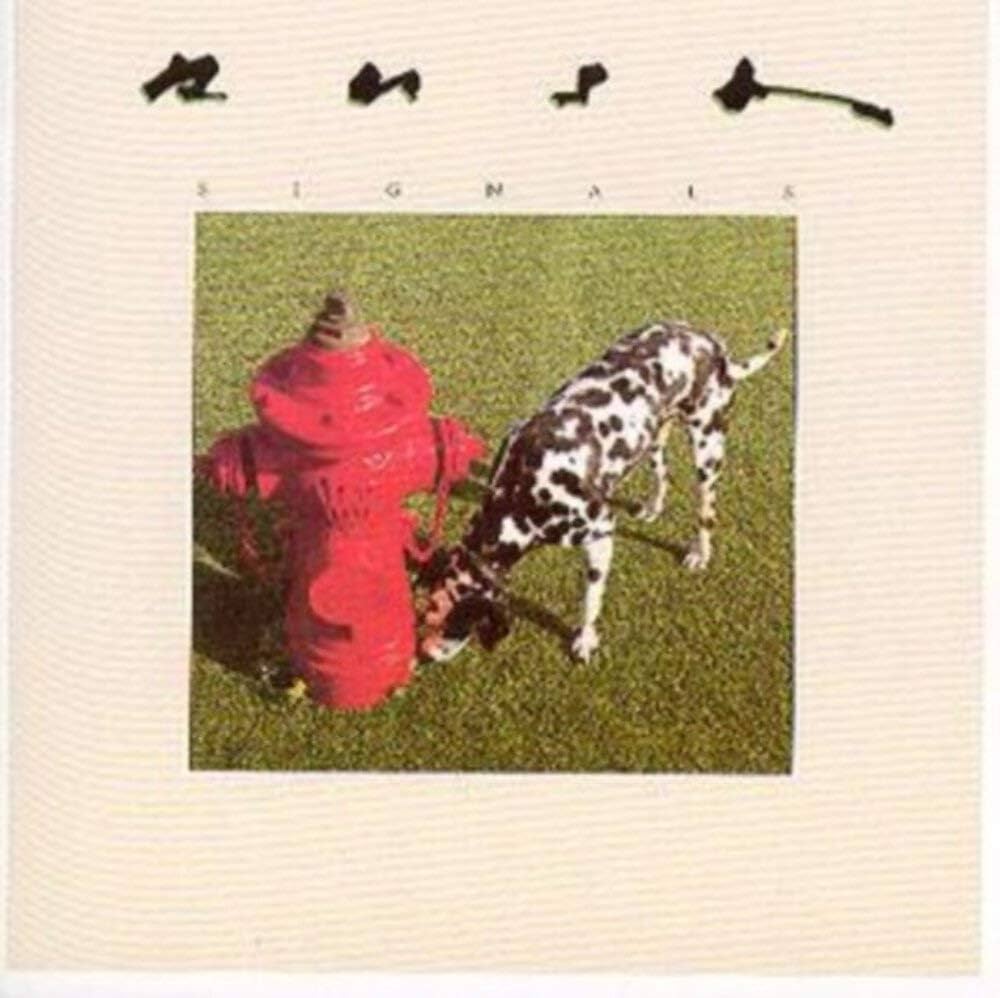
No casual fan would ever guess that Rush’s highest charting song in the U.S., and only No. 1 hit in Canada, was the Signals lead single “New World Man.” These days, the follow-up single “Subdivisions” is far more popular, to say nothing of the band’s many earlier hits. Signals served as a strong statement though, that even at the peak of the band’s mainstream visibility, Rush would keep serving up cerebral lyrics and tangled riffs in unusual time signatures. “By and large, the songs on Signals are tuneful and unencumbered by the sort of gratuitous flash that made previous albums seem like clearinghouses for worn-out art-rock licks,” J.D. Considine wrote in the Rolling Stone review.
7. Caress of Steel (1975)
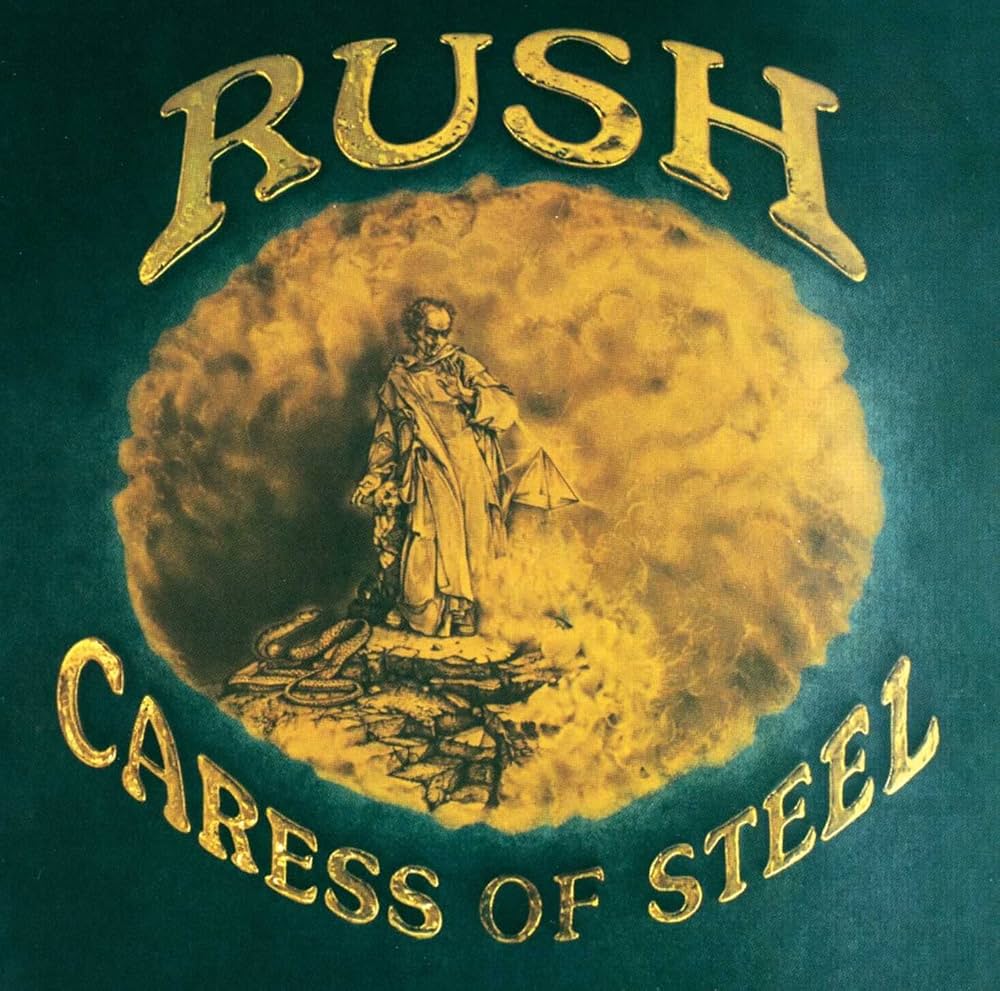
1975 was the only year that the band released two studio albums, and Fly by Night’s follow-up Caress of Steel is a dark horse of the Rush catalog, their only early album that contains no radio hits or live staples. It’s worth a second look for fans who’ve gotten used to ignoring it, though. Rush were still paying their dues, opening for more established bands like Kiss and Aerosmith, and the title of “I Think I’m Going Bald” is a jokey nod to Kiss’s “Goin’ Blind.” The 20-minute closer “The Fountain of Lamneth” feels like a tentative trial run for the band’s later epics, but it can be exhilarating to hear the young band exploring new creative frontiers with so much energy.
6. Hemispheres (1978)
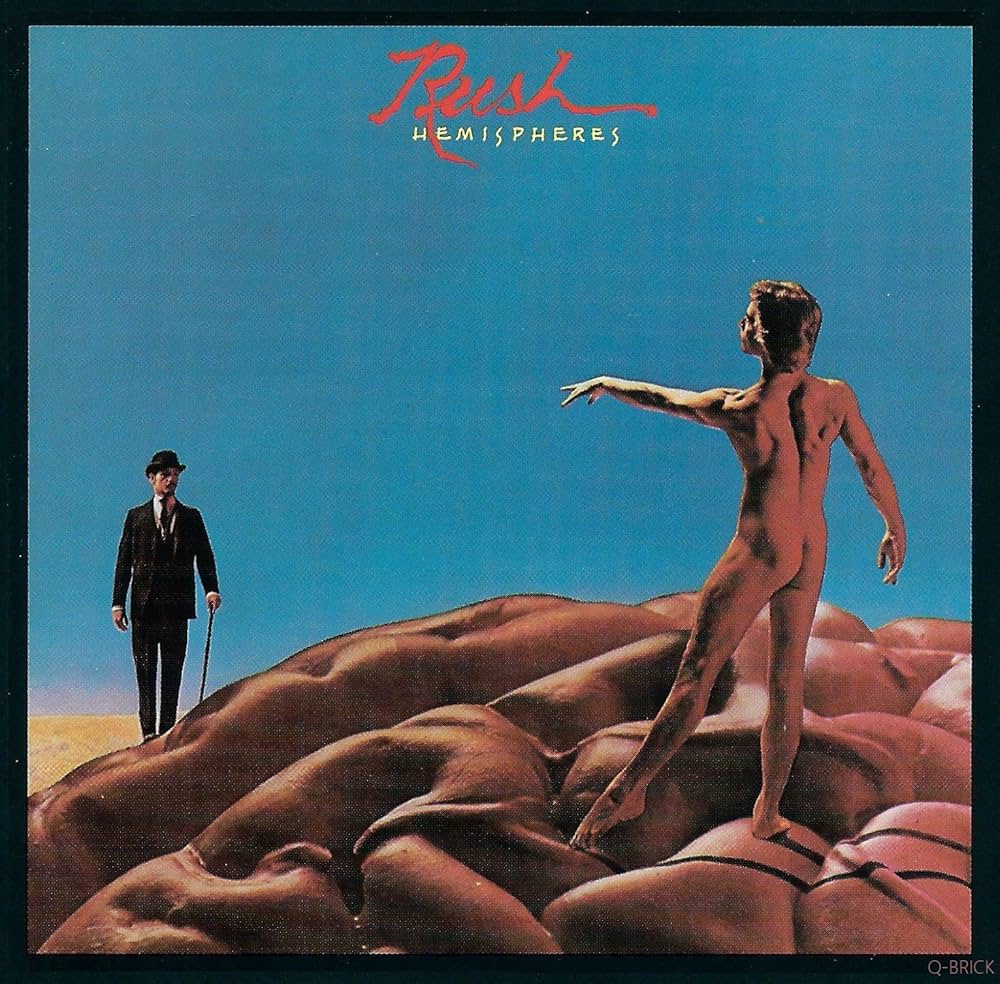
Hemispheres feels a little like the lesser sibling to A Farewell to Kings–more than half of the album is taken up by “Cygnus X-1 Book II: Hemispheres,” the sequel to Farewell’s closing track. Rush were almost in danger of becoming too brainy and obscure for their own good by the end of the ’70s, but the band would rein in their pretensions with tighter songwriting in the albums that would follow.
5. Permanent Waves (1980)
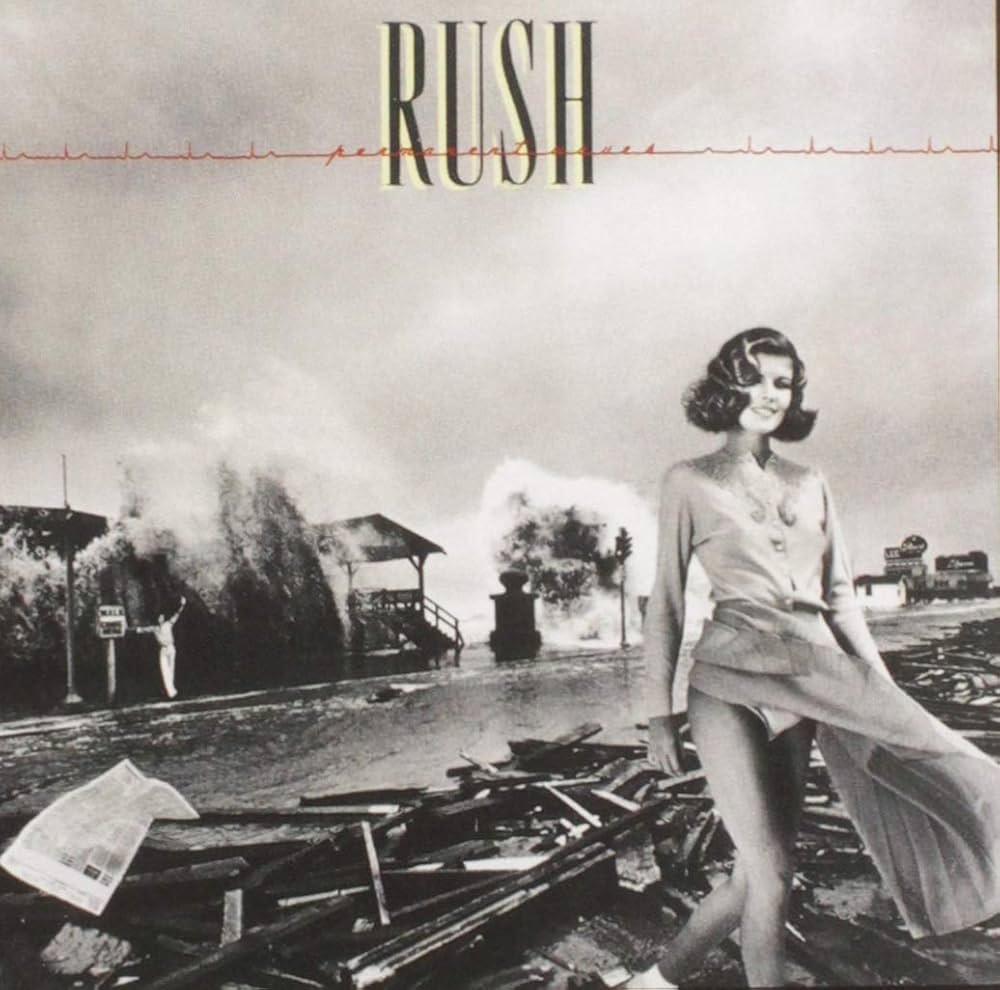
Rush kicked off a new decade with “The Spirit of Radio,” a tribute to the simple joys of hearing a catchy song on the car radio that appropriately helped the band become an unlikely pop chart fixture in the ’80s. There are still proggy song suites on Permanent Waves, but it’s the first Rush album where the shorter, punchier songs are consistently as cleverly constructed as the artsy deep cuts.
4. Fly by Night (1975)
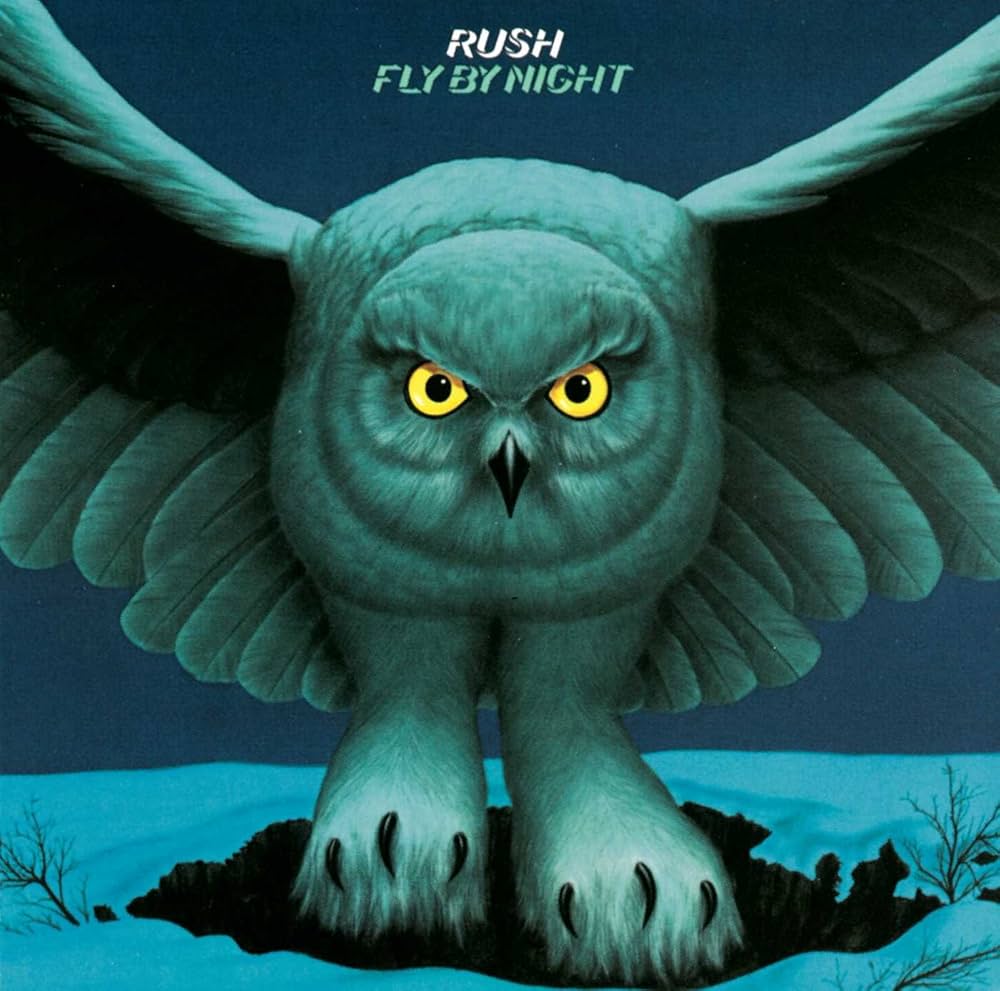
From the first taut 7/8 riff on “Anthem,” it’s clear that Rush’s second album is a completely different beast from their debut. A few tracks later, the new lineup really flexes their instrumental chops and lyrical sophistication with “By-Tor and the Snow Dog,” a story song with eight distinct sections. Fly by Night, recorded just five months after Peart joined the band, was also Rush’s first album with British producer Terry Brown, who’d remain behind the boards over the next seven years for most of the band’s best work. “Lifeson’s guitar work is more than competent, and drummer Neil Peart also does well for himself, but Lee’s voice, a blatant copy of the uncontrolled hysteria of Robert Plant, is unpleasant in the extreme,” Pam Simon wrote in the North Carolina newspaper Statesville Record and Landmark’s review of Fly by Night.
3. 2112 (1976)
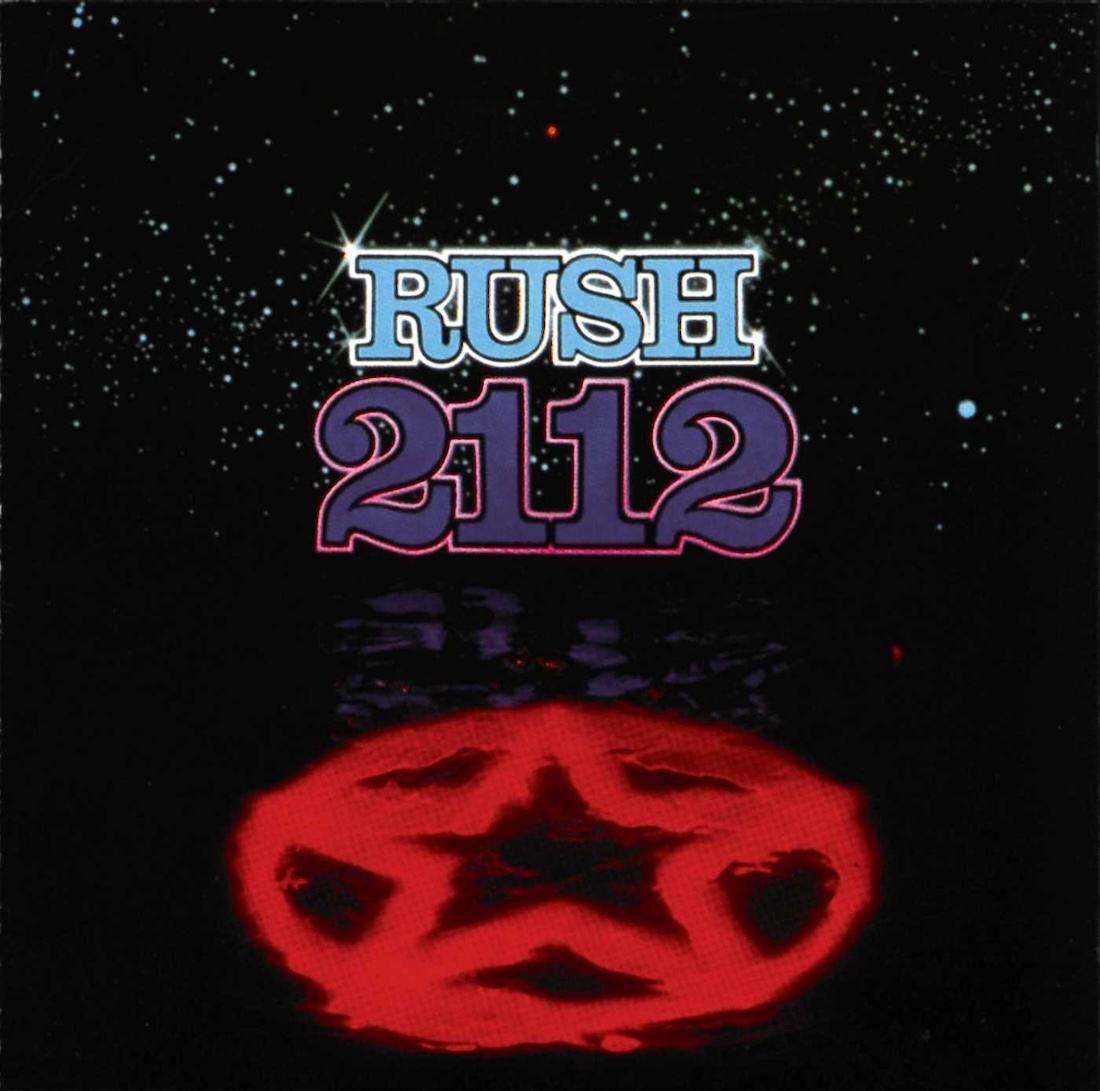
In every era of Rush’s career, the band were adept at making catchy, radio-friendly music. However, when their backs were against the wall and Mercury Records was considering dropping the band, Rush made an uncompromising art rock masterpiece with no hit singles. 2112, with its 20-minute sci-fi odyssey title track, became the band’s first big seller anyway, a prog rock touchstone uniting multiple generations of geeks and stoners much like The Dark Side of the Moon or In the Court of the Crimson King.
2. A Farewell to Kings (1977)
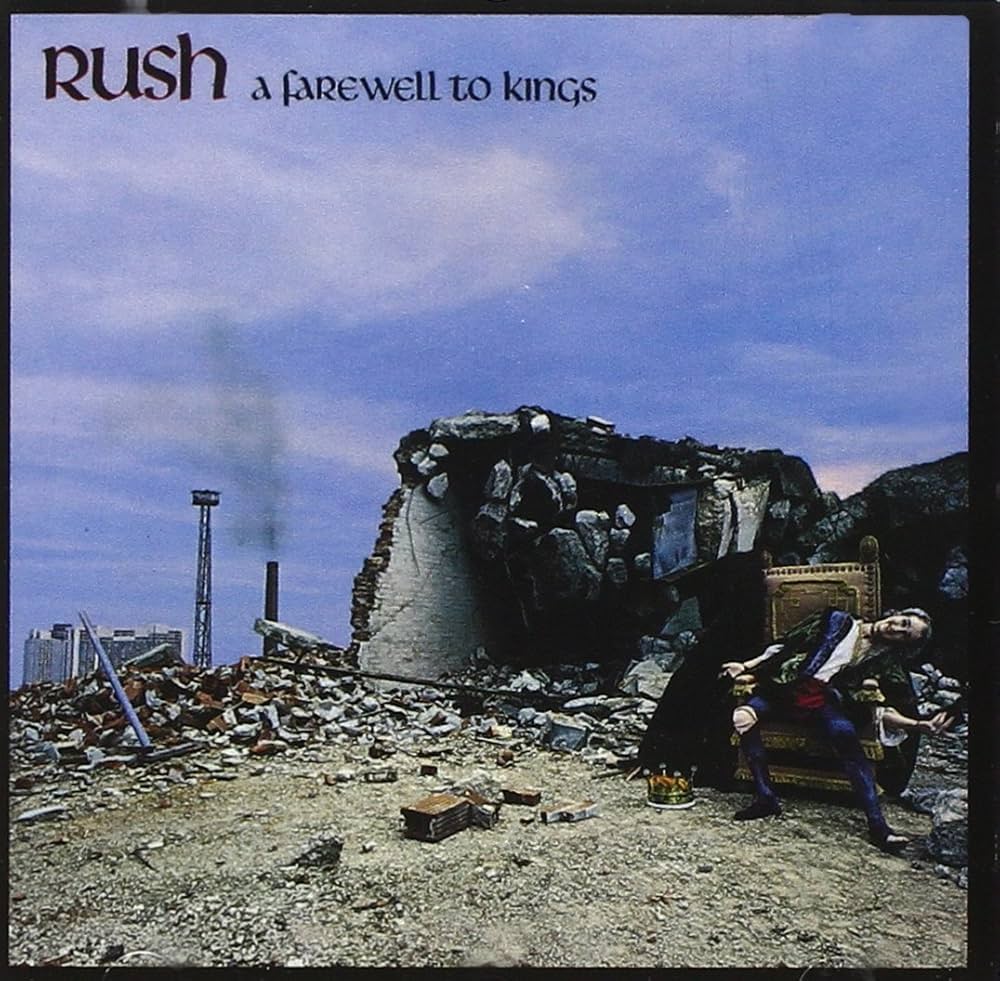
A Farewell to Kings strikes a better balance than most Rush albums between memorable melodies and flashy musicianship, particularly on the opening title track, which boasts a soaring chorus and a killer bridge where each member of the band plays his ass off. It’s possible that nobody has ever worked a hi-hat cymbal with the kind of speed and finesse that Peart displays on “Xanadu,” and “Closer to the Heart” manages to be grandly cinematic despite running under three minutes. “The most obnoxious band currently making a killing on the zonked teen circuit. Not to be confused with Mahogany Rush, who at least spare us the reactionary gentility,” Robert Christgau wrote in a pan of A Farewell to Kings for the Village Voice.
1. Moving Pictures (1981)
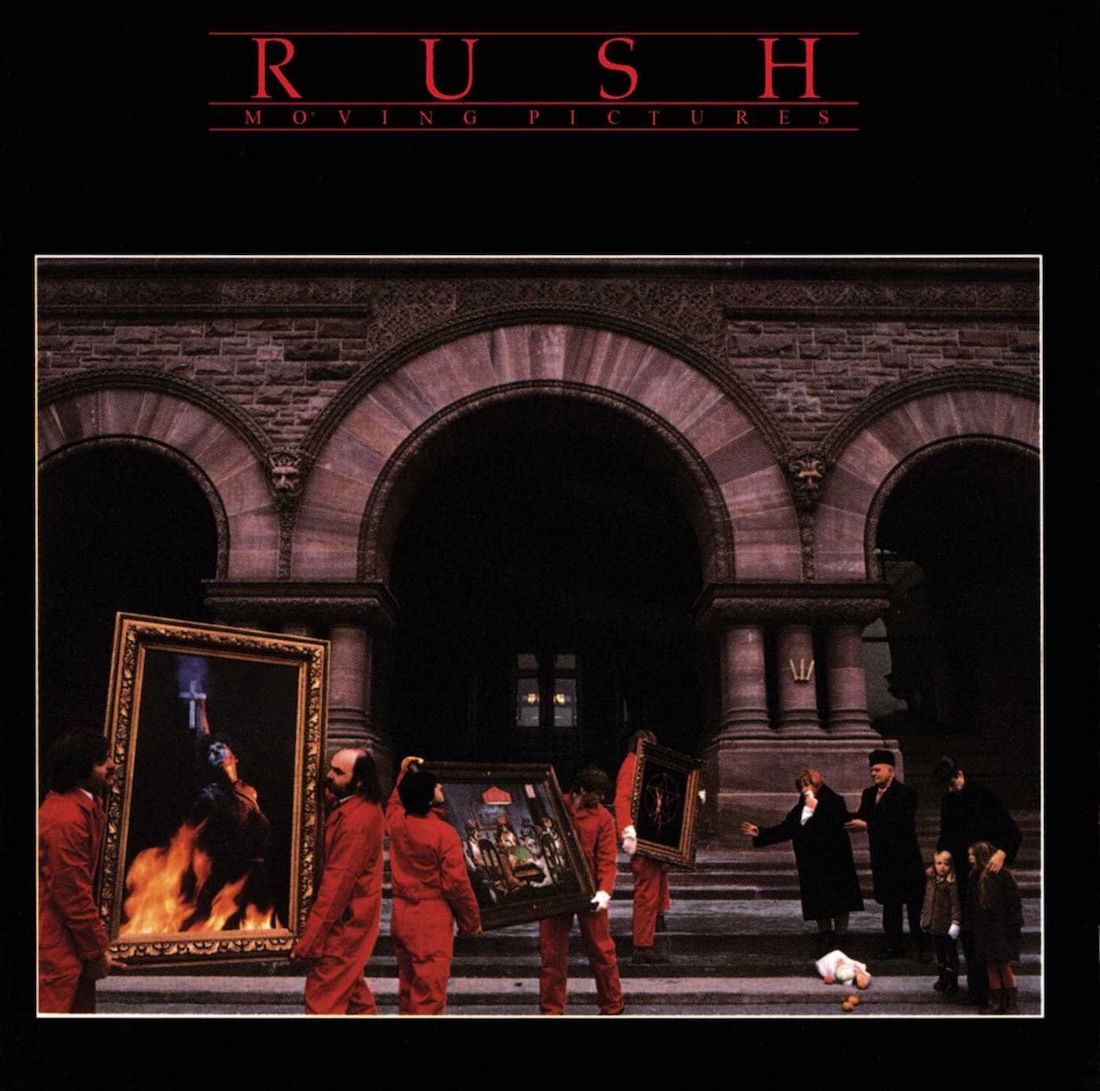
Selling five million copies in America alone, Moving Pictures is Rush’s commercial pinnacle, but it’s also got some of their sharpest songwriting and most surgically precise performances, from “Red Barchetta” to “Vital Signs.” “Tom Sawyer” alone is a towering achievement, the song that makes every air-drumming fan wish that they could play like Neil Peart. The band’s best known instrumental, “YYZ,” became the first of six Rush tracks to be nominated for the Grammy for Best Rock Instrumental Performance, although the group never won the award.
To see our running list of the top 100 greatest rock stars of all time, click here.
